Alimentary Lymphoma In Cats And Dogs
Gieger journalThe Veterinary clinics of North America. The cats ranged in age from 4-16 years median 105 years.
Lymphoma In Cats Veterinary Partner Vin
Alimentary lymphoma in cats and dogs.
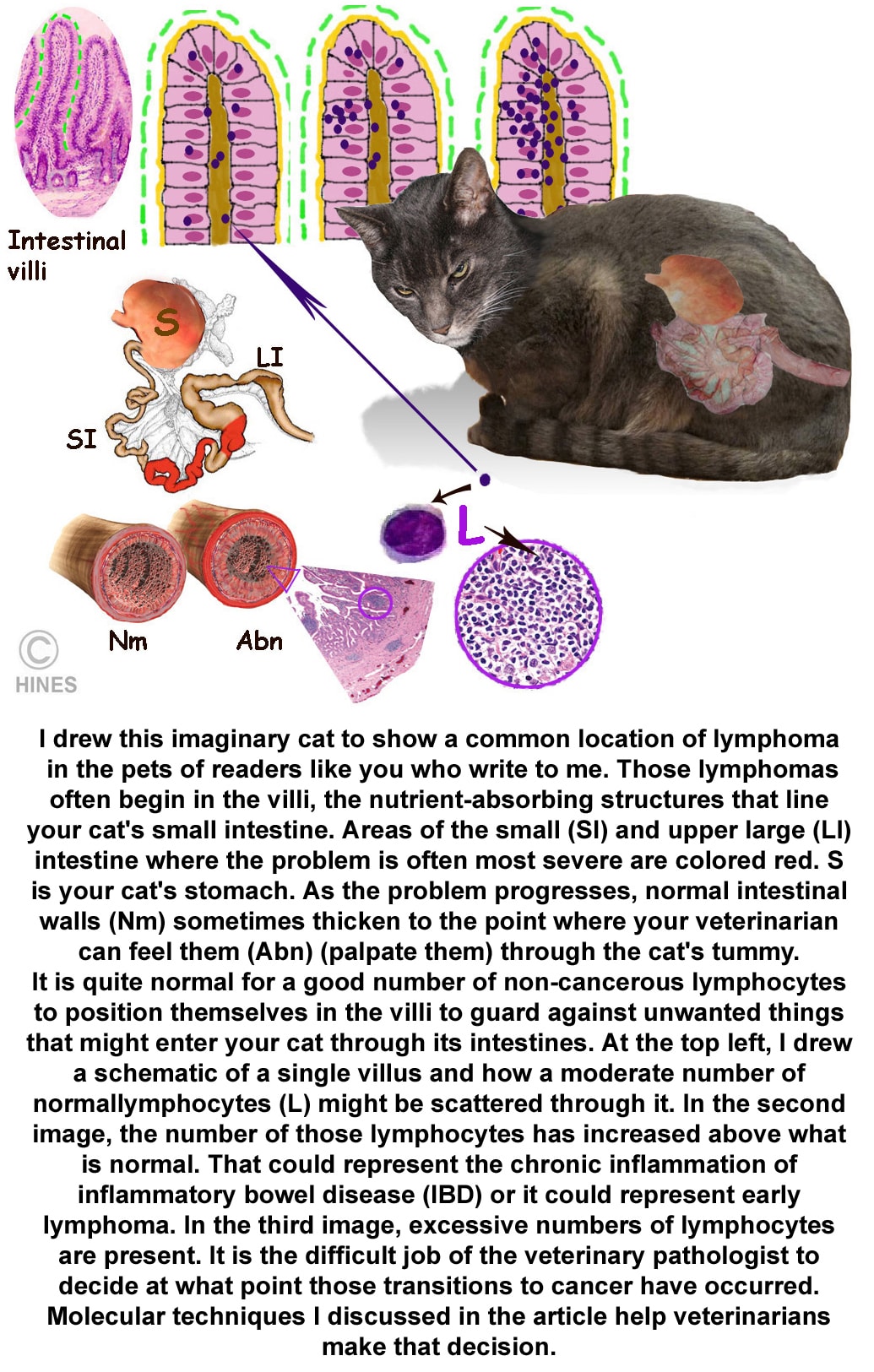
Alimentary lymphoma in cats and dogs. The majority of alimentary lymphomas were of the B-cell type n15 whereas cases of T-cell lymphoma were fewer in number n8. In the authors hospital in Tokyo Japan in the recent years among 43 cases of microscopically confirmed feline lymphoma cases 51 were the alimentary form while FeLV positive anterior mediastinal form accounted for 16. The median or average age of the cats with alimentary lymphomas is around 10 years old and they are mostly FeLV negative.
Author Tracy Gieger 1 Affiliation 1 Department of Veterinary. And 4 extranodal which may involve the kidneys central nervous system or skin. Author Michael D.
Because the neoplastic cells in this type of lymphoma are similar in appearance to normal lymphocytes it can be difficult to distinguish between lymphoid hyperplasia and small-cell lymphoma. Disease present mostly in the peripheral lymph nodes which can be felt as enlarged lumps in the neck in front of the shoulder blades and behind the knees is much less common in cats than in dogs. Alimentary lymphomas include a gastrointestinal GI form a mesentery lymph node form and a hepatic form.
Alimentary neoplasia in geriatric dogs and cats Vet Clin North Am Small Anim Pract. The Siamese breed and the older age between 10 and 14 years in particular are correlated to an increased risk Griffin 2019. Small animal practice year2011 volume41 2 pages 419-32.
Alimentary lymphoma in cats and dogs Vet Clin North Am Small Anim Pract. Alimentary lymphoma in cats and dogs. A locked padlock or https means youve safely connected to the gov website.
Alimentary Lymphoma gastrointestinal Alimentary lymphoma- It occurs in the gastrointestinal tract of dogs. Share sensitive information only on official secure websites. Small cell lymphocytic lymphoma.
The incidence of LGAL has increased over the last ten years and it is now the most frequent digestive neoplasia in cats and comprises 60 to 75 of gastrointestinal lymphoma cases. 2 alimentary which occurs in the digestive system 3 mediastinal which occurs within the chest. 1 multicentric which originates in multiple places.
Results In all cats the diagnosis had been established by means of cytologic or histologic examination of ultrasound-guided aspirates and biopsy specimens 18 cats histologic examination of surgically obtained biopsy specimens 7 cats or examination of specimens obtained endoscopically 3 cats. Lymphosarcoma also known as lymphoma is a malignant cancer that frequently occurs in cats and dogs. Lymphoma is less common in dogs than in cats.
Gastrointestinal GI lymphoma should be suspected in animals with an acute or prolonged history of signs of disease related to the GI tract. ArticleGieger2011AlimentaryLI titleAlimentary lymphoma in cats and dogs authorT. Systemic staging tests.
Recently a small-cell form of lymphoma has been identified in both cats and dogs. The median or average age of the cats with alimentary lymphomas is around 10 years old and they are mostly FeLV negative. Managing feline gastrointestinal lymphoma Proceedings Kelly D.
Four cats had lymphoma of a mixed T-and B-cell phenotype. Gastrointestinal GI or alimentary lymphoma is the most common form of lymphoma in cats. Alimentary lymphoma AL is the most common intestinal neoplasm in cats.
Mitchell DVM DVSc DACVIM. Department of Veterinary Clinical Sciences Louisiana State University School of Veterinary Medicine Skip Bertman Drive Baton Rouge LA 70803 USA. Lymphosarcoma aka lymphoma or cancer of the lymph nodes is a dangerous and painful mutation in the lymph nodes spleen blood or bone marrow and can occur in cats and dogs.
Epub 2012 May 10. Lymphoma can be present in many parts of the cats body as the lymphatic system is spread throughout many organs. In dogs lymphoma has been classically characterized by body locations in which they occur.
Low-grade alimentary lymphoma LGAL is characterised by the infiltration of neoplastic T-lymphocytes typically in the small intestine. Feline GI lymphoma is histologically classified as low intermediate or high grade according to the size and anaplasticity of the neoplastic lymphoid cells. It can become fatal if the tumor is situated near the small or large intestine since it can restrict the passage of bowel and pose health hazards.
AL comprises a group of diseases present in the gastrointestinal GI tract with mesenteric lymph node and hepatosplenic. 28 cats with alimentary lymphoma that underwent chemotherapy. There are a few papers reporting association of feline immunodeficiency virus FIV infection and feline lymphomas.
Given that LGAL shares common clinical paraclinical and ultrasonographic. The main presenting clinical signs were vomiting diarrhoea and weight loss. Cats Dog Diseases diagnosis.

Lymphoma In Dogs Cats What S The Latest Today S Veterinary Practice

Feline Lymphoma Cats Are Not Small Dogs
Lymphoma In Cats Veterinary Partner Vin

Lymphoma In Cats The Conscious Cat

Cancer Lymphoma In Dogs And Cats

Which Drugs Are Used For Medical Management Of Lymphoma In Dogs Cats Part 1 Clinician S Brief
Differentiating Feline Intestinal Lymphoma From Inflammatory Bowel Disease Ibd College Of Veterinary Medicine At Msu

Treatments For Feline Intestinal Lymphoma Petfinder
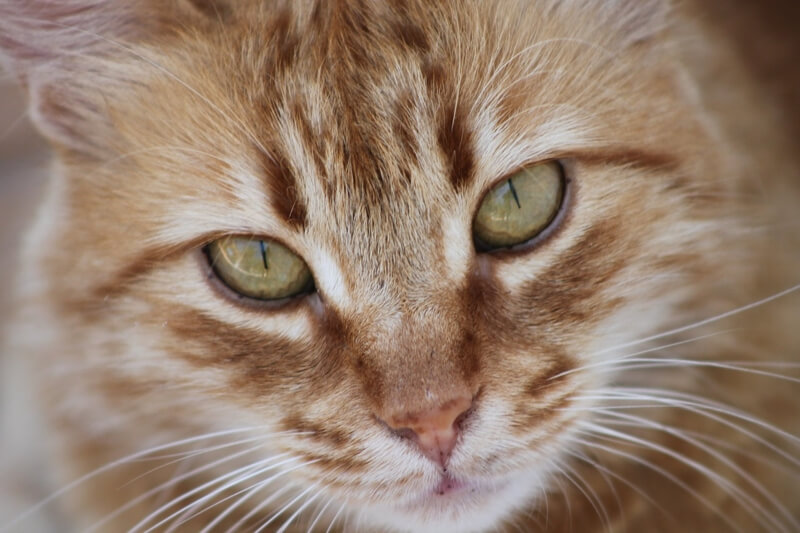
Understanding Lymphoma In Cats
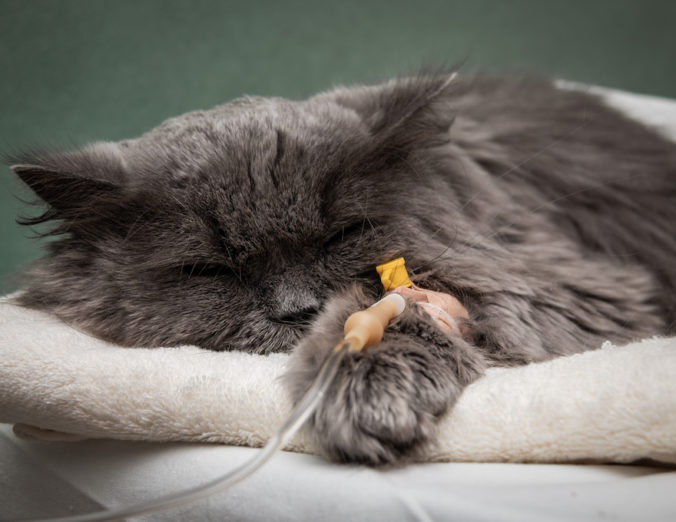
Diagnosis And Treatment Of Feline Lymphoma Glories Veterinary Hospital

Causes And Risks Of Cat Lymphoma And Leukemia Vlog 97 Youtube
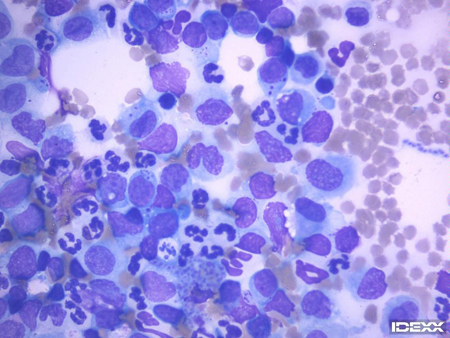
Feline Lymphoma What Your Need To Know The Animal Medical Center

Cat Lymphoma Chemotherapy Treatment Options Vlog 100 Youtube

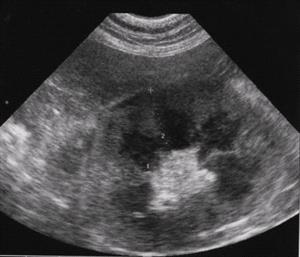
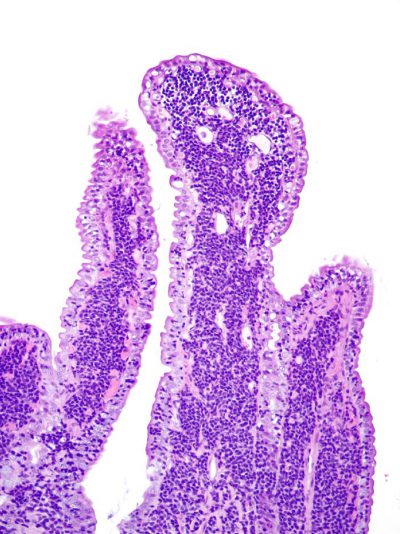

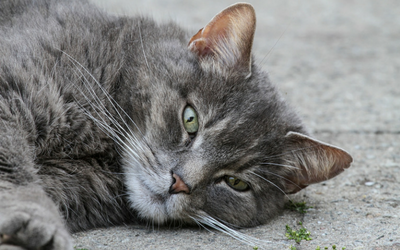
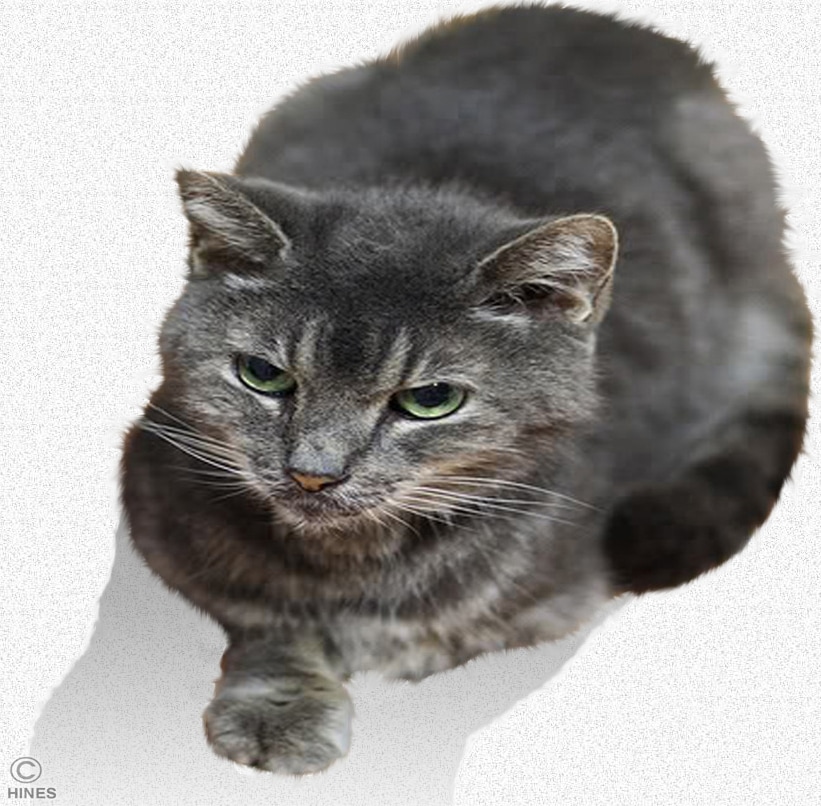
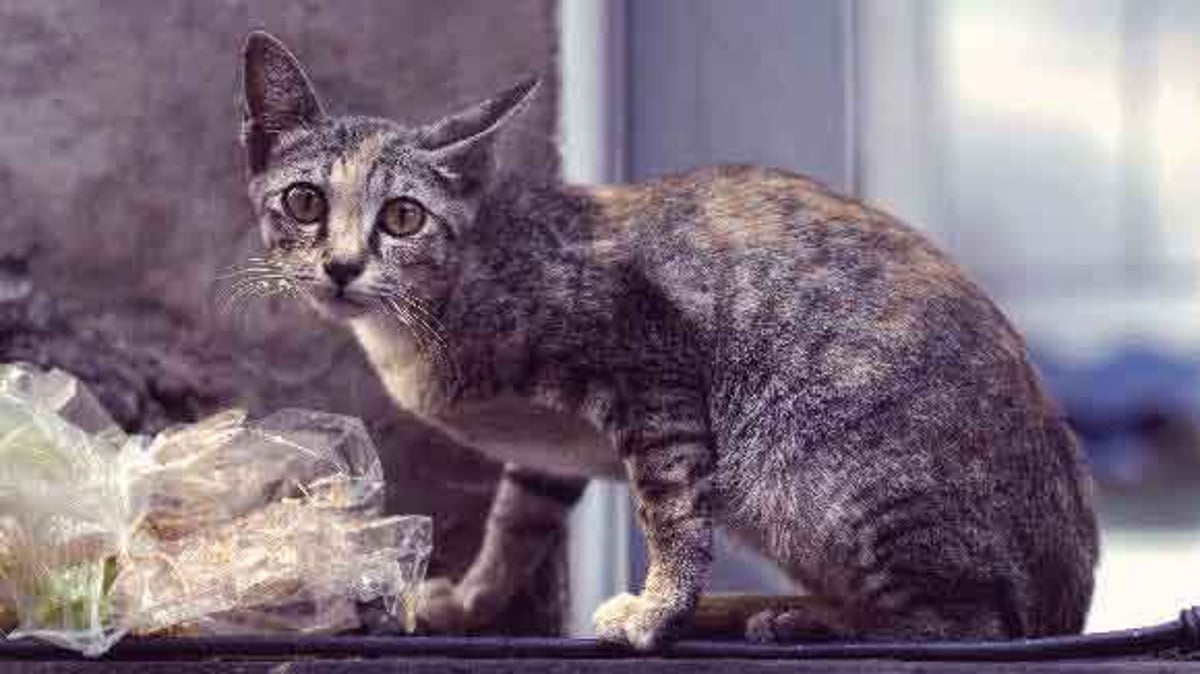
Post a Comment for "Alimentary Lymphoma In Cats And Dogs"